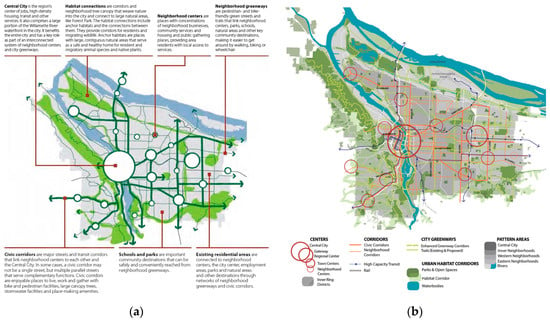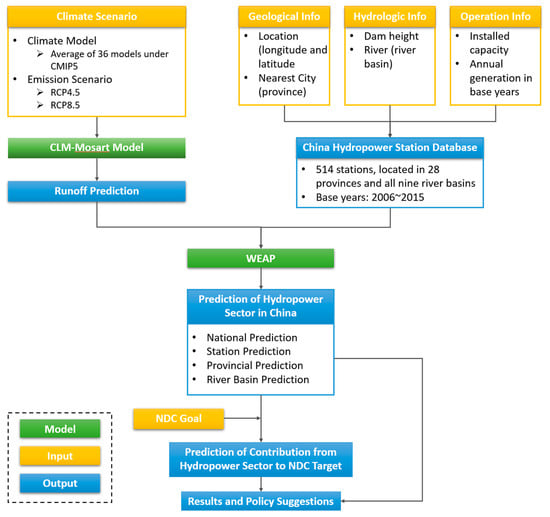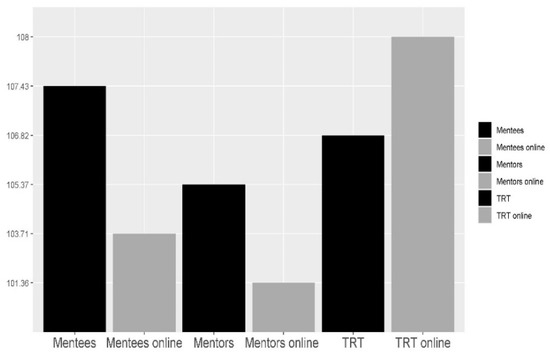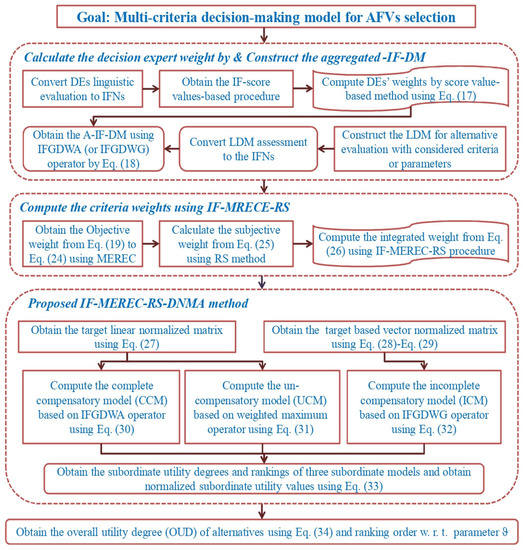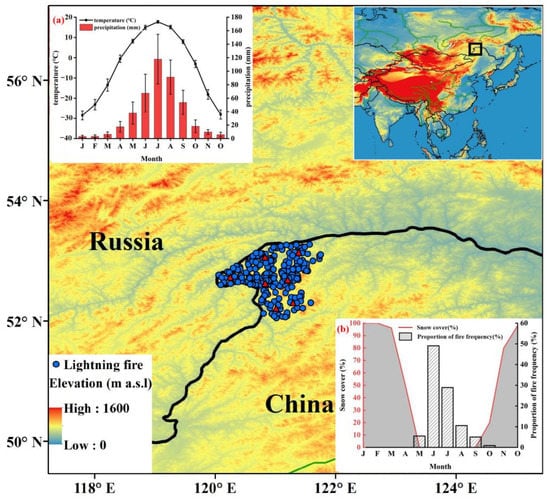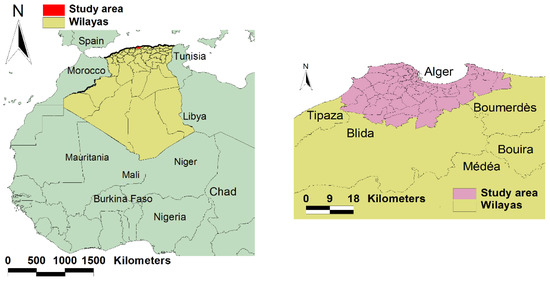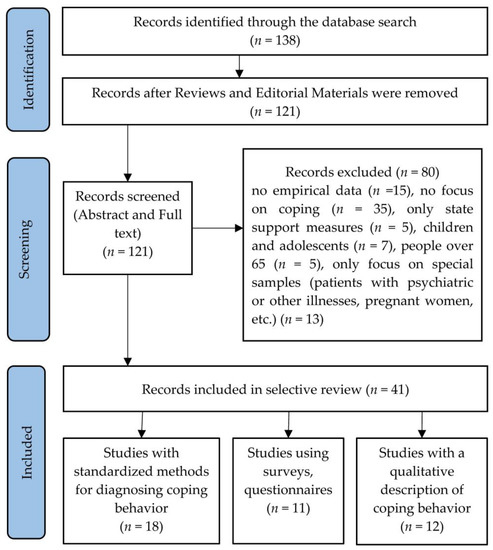Sustainability 2022, 14(9), 5470; https://doi.org/10.3390/su14095470 - 2 May 2022
Cited by 20 | Viewed by 4330
Abstract
The aim of this study was to develop a concept, within the framework of sustainable agriculture, for utilizing apple pomace as a valuable raw material in food production. The proposal includes a description of the production technology of four food products together with
[...] Read more.
The aim of this study was to develop a concept, within the framework of sustainable agriculture, for utilizing apple pomace as a valuable raw material in food production. The proposal includes a description of the production technology of four food products together with the characteristics of their chemical composition, wholesome compounds, and physical properties. These new products were developed on the basis of apple pomace and wheat bran. In the developed technology, heat treatment in a convection oven, treatment with infrared radiation, and two types of barothermic treatments, i.e., extrusion and granulation, were implemented as the principal methods. All of the proposed technologies allow for the use of pomace for the production of food products to be made directly in the home plant and are relatively easy to implement in small processing facilities. It was found that the product consisting of fragmented apple pomace (mass fraction: 75%) and wheat bran (mass fraction: 25%), obtained using infrared radiation treatment, had the greatest value in terms of wholesome characteristics among the products obtained. This product had high contents of fiber and simple sugars, the highest content of polyphenols among the obtained products, and the ability to scavenge free radicals. It was also the only one with partially preserved vitamin C. The proposed method for processing pomace for food is in line with the sustainable agriculture movement.
Full article
(This article belongs to the Special Issue Emerging Trends and Sustainable Production in Agricultural Engineering)
►
Show Figures


